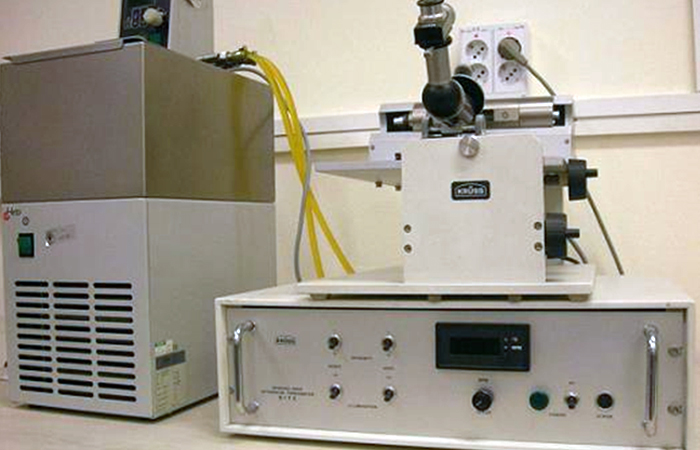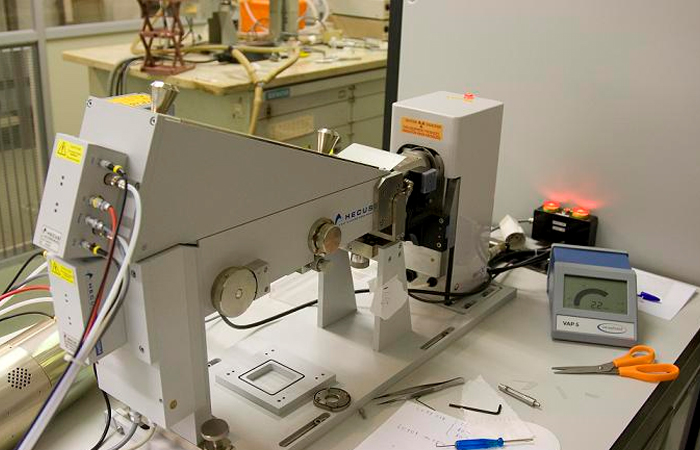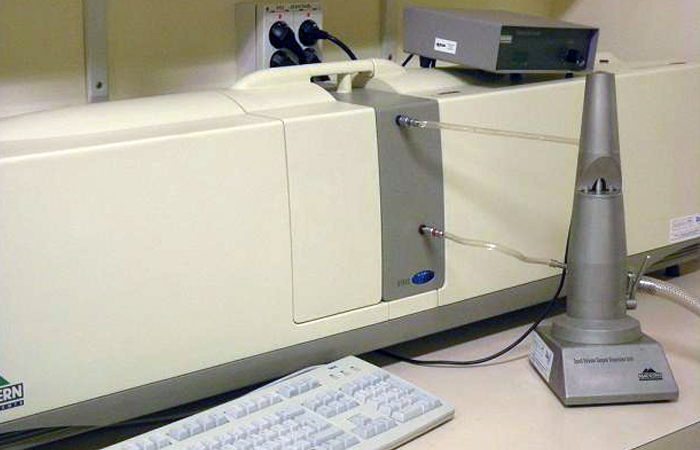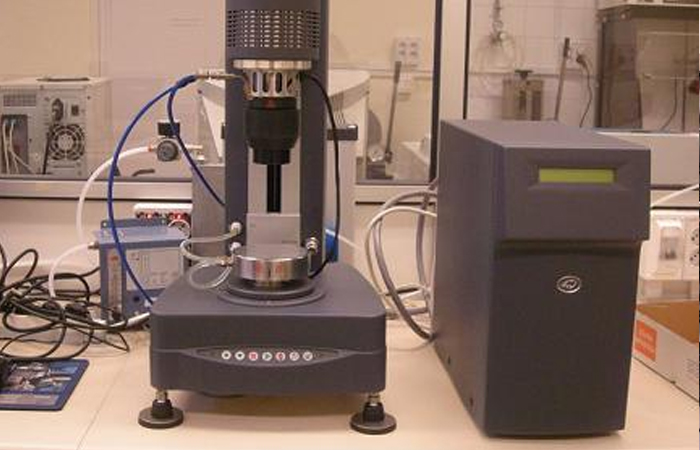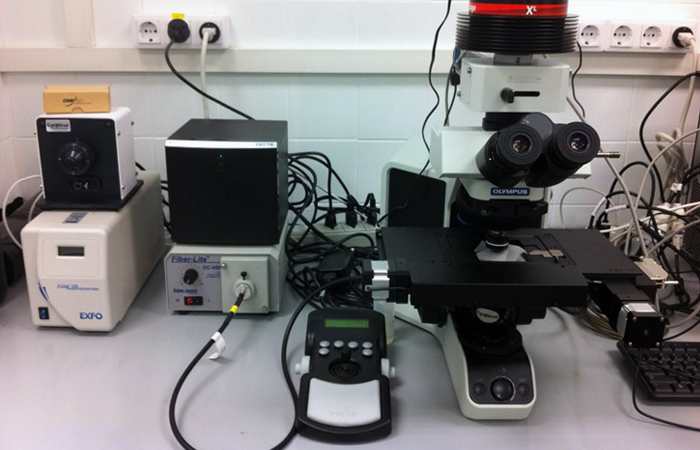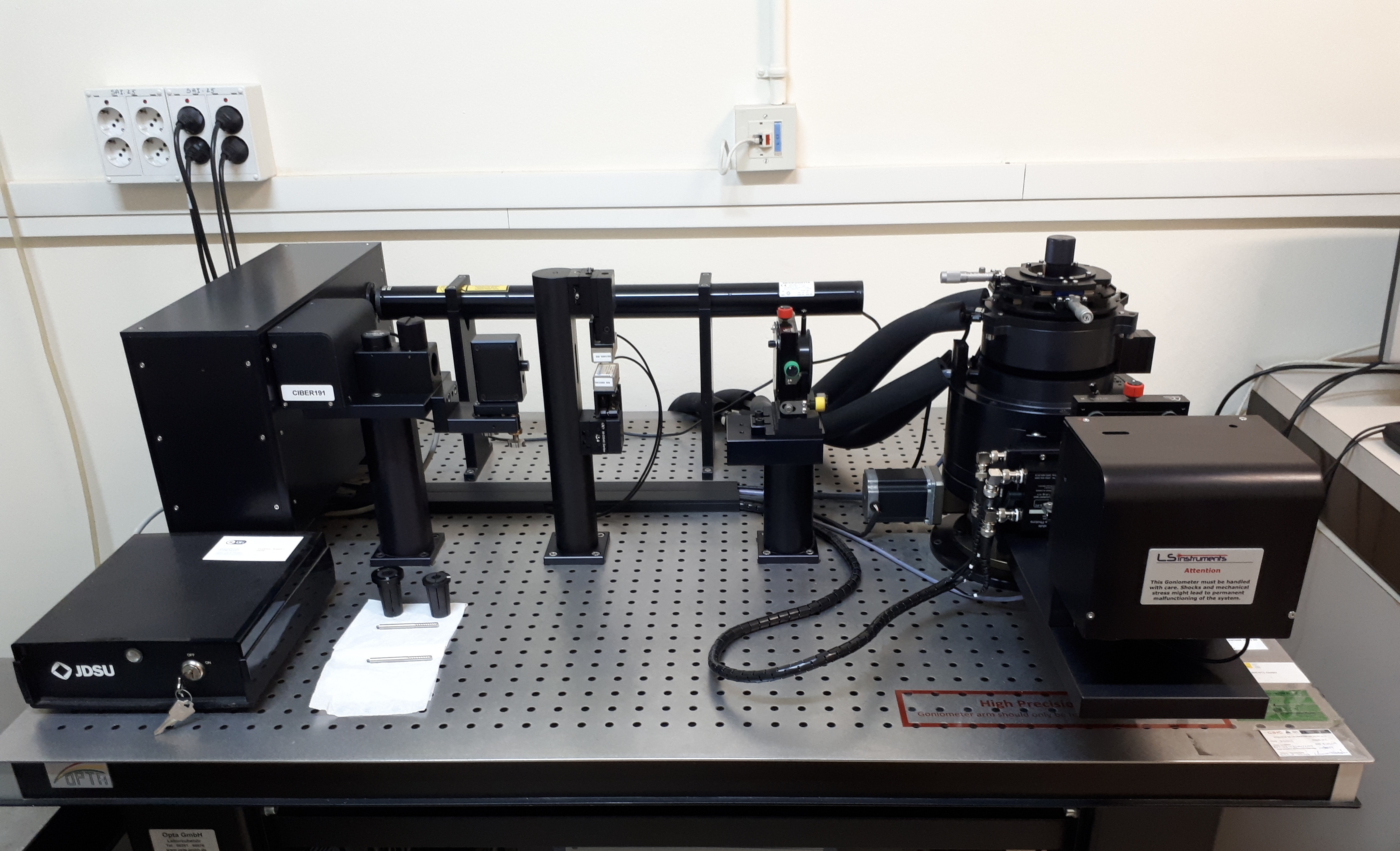U12-E07. SITE Spinning Drop Interfacial Tensiometer
U12-E07. SITE Spinning Drop Interfacial Tensiometer
Description:
Instrument for determination of liquid-liquid interfacial tensions by the spinning drop method
Applications:
Determination of ultra-low interfacial tensions (up to 10-5 mN.m-1) in colloidal liquid-liquid biphasic systems at controlled temperature.
